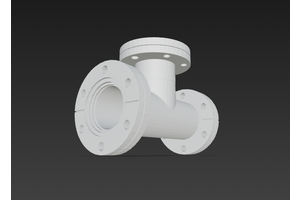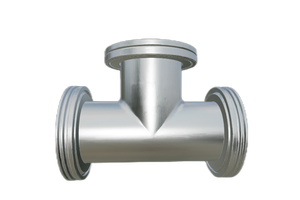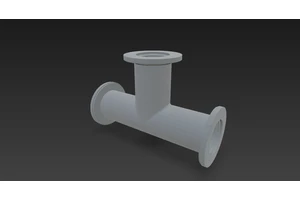What is vacuum degree
Vacuum degree is a measure of how much lower the pressure inside a vacuum system is compared to the standard atmospheric pressure (1 atm = 101.325 kPa).
Formula:
Vacuum degree=Atmospheric pressure−Absolute pressure
Units:
mmHg (Torr)
kPa (kilopascals)
mbar (millibar, 1 mbar = 100 Pa)
% vacuum (percentage of full vacuum, where 100% = 0 Pa absolute)
Example:
If a vacuum chamber has an absolute pressure of 50 kPa, then:
Vacuum degree=101.325 kPa−50 kPa=51.325 kPa
Classification of Vacuum Levels:
| Vacuum Range | Absolute Pressure |
|---|---|
| Low (Rough) Vacuum | 1 atm → 1 mbar |
| Medium Vacuum | 1 → 10⁻³ mbar |
| High Vacuum (HV) | 10⁻³ → 10⁻⁷ mbar |
| Ultra-High Vacuum (UHV) | 10⁻⁷ → 10⁻¹² mbar |
| Extreme-High Vacuum (XHV) | <10⁻¹² mbar |
Key Point:
A higher vacuum degree means a lower absolute pressure (closer to perfect vacuum).





